The kidneywood found in SE Arizona, SW New Mexico and down into Sonora is Eysenhardtia orthocarpa. It’s common in the Mule Mountains around Bisbee and I’ve gathered seed near Bisbee High School. It had not been a hot ticket item for Spadefoot Nursery at the Bisbee Farmers Market, but it could happen. Not too many years ago it was marketed as a good tree for small backyards in the Tucson area. I like to tell folks that you find small chunks of it packaged and sold in the Mexican herb and spice section of grocery stores and sold under the name palo azul. The reason for the name? The wood soaked in water gives the water a blue fluorescence. Cool? Very! And yes it has medicinal values as indicated by the common name of kidneywood.
The phrase “hokie dokie artichokie” in the song persisted in my gray matter and I slowly added more phrases…verses… until I finally finished it recently. Now I can move on to “easy peasy lemon squeezy” …joking.
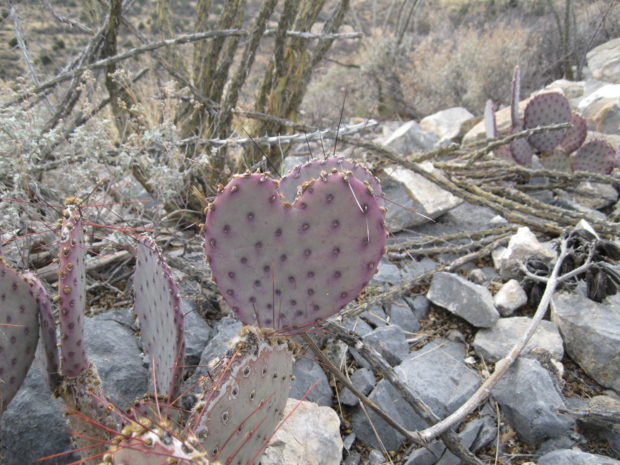
The photos are mine and of some heart shaped prickly pear stems (I know, you have better ones) and also of the final draft of the song written in my impeccable scrawl while sitting on a boulder with a view in the hills near our home.
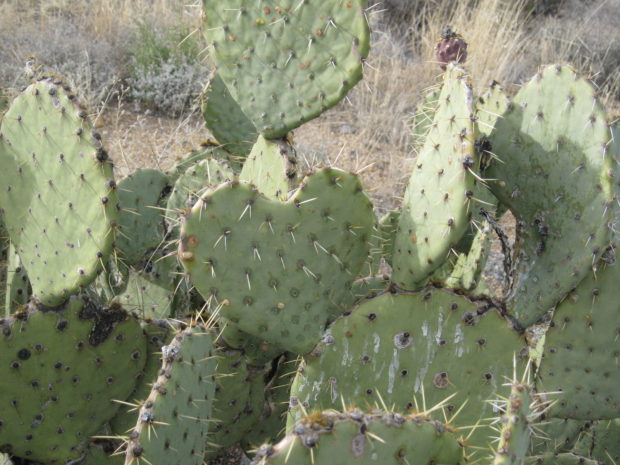
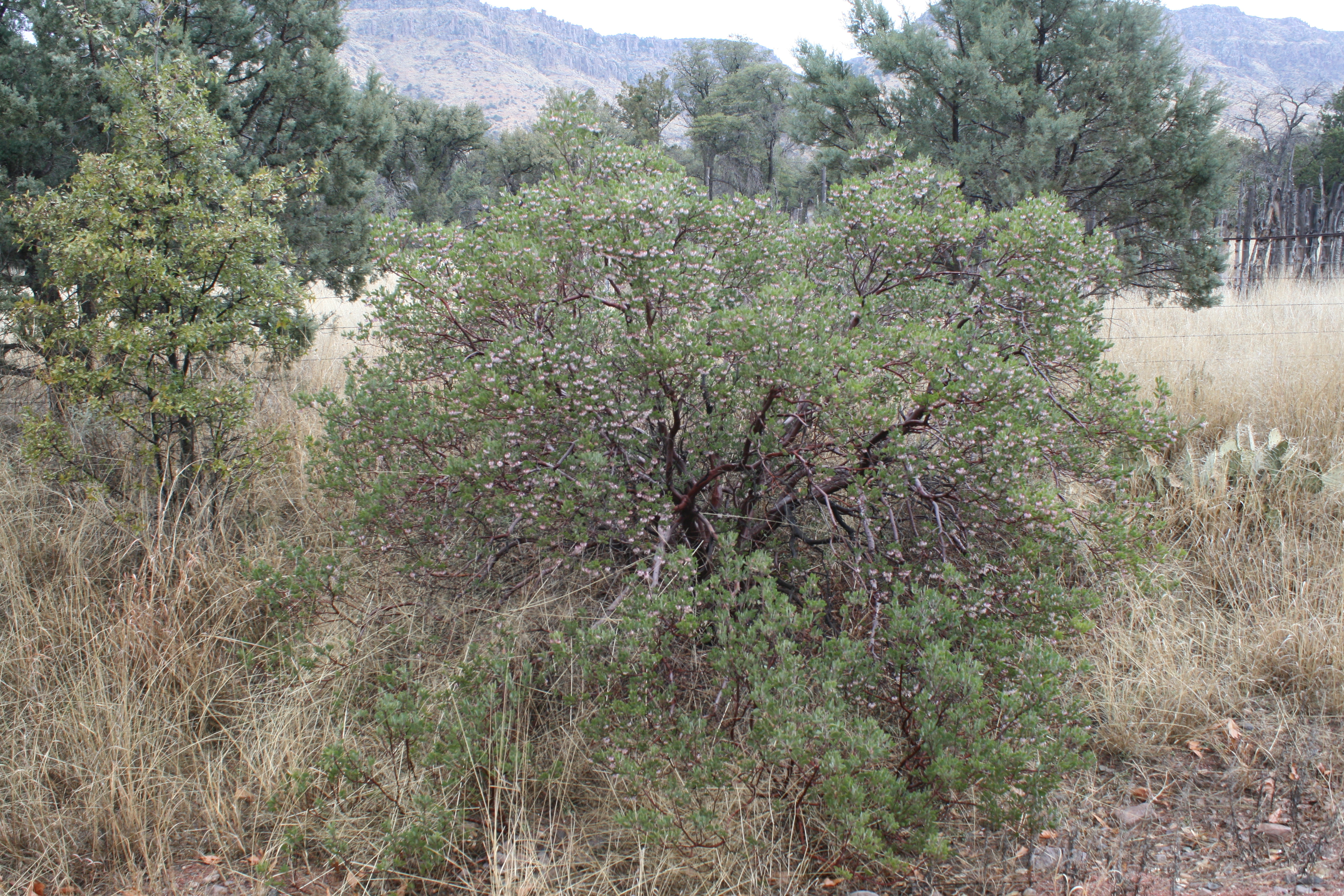
I suspect I talk about point-leaf manzantia ( Arctostaphylos pungens) every February, as it is the time of year when I’m feeling florally deprived...
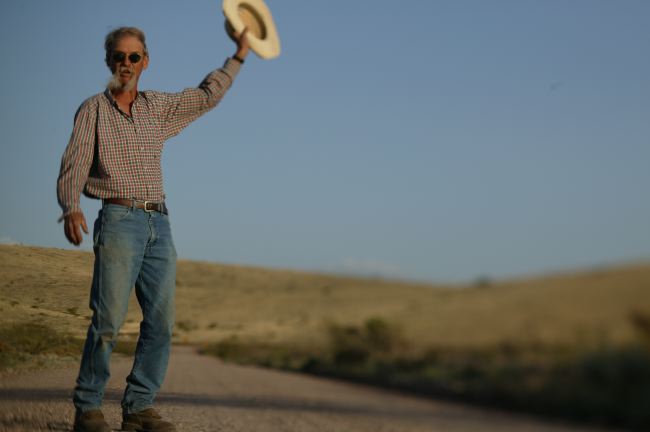
Petey is very excited about spring, but avocados are on his mind. Please stay out of the produce section Petey! It is very exciting...
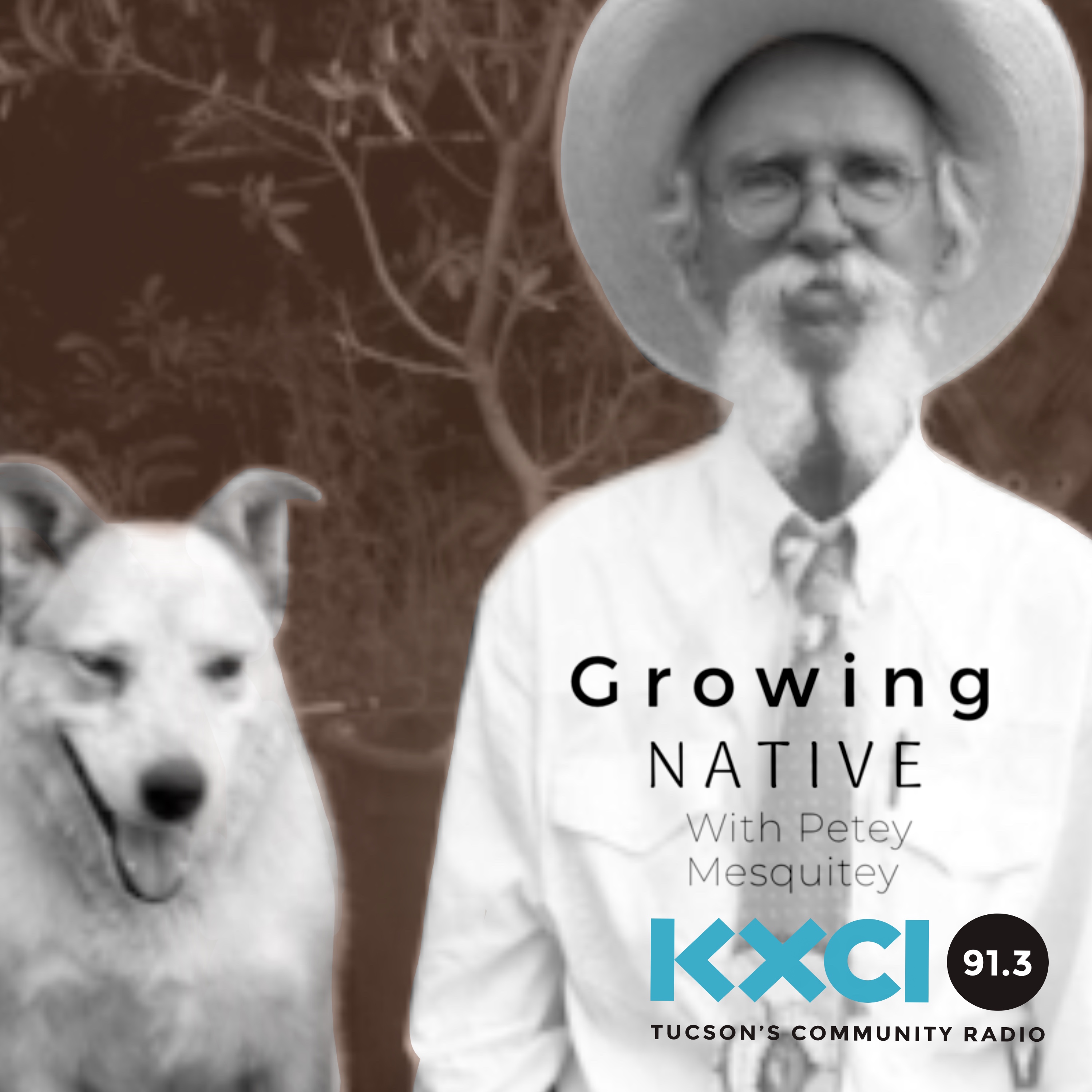
I forgot to say that the genus Crotalus comes from the Greek krotalon or krotos for rattle or rattling. (A couple favorite native plants...